Affiliate links on Android Authority may earn us a commission. Learn more.
What is ANC? Active noise cancellation explained
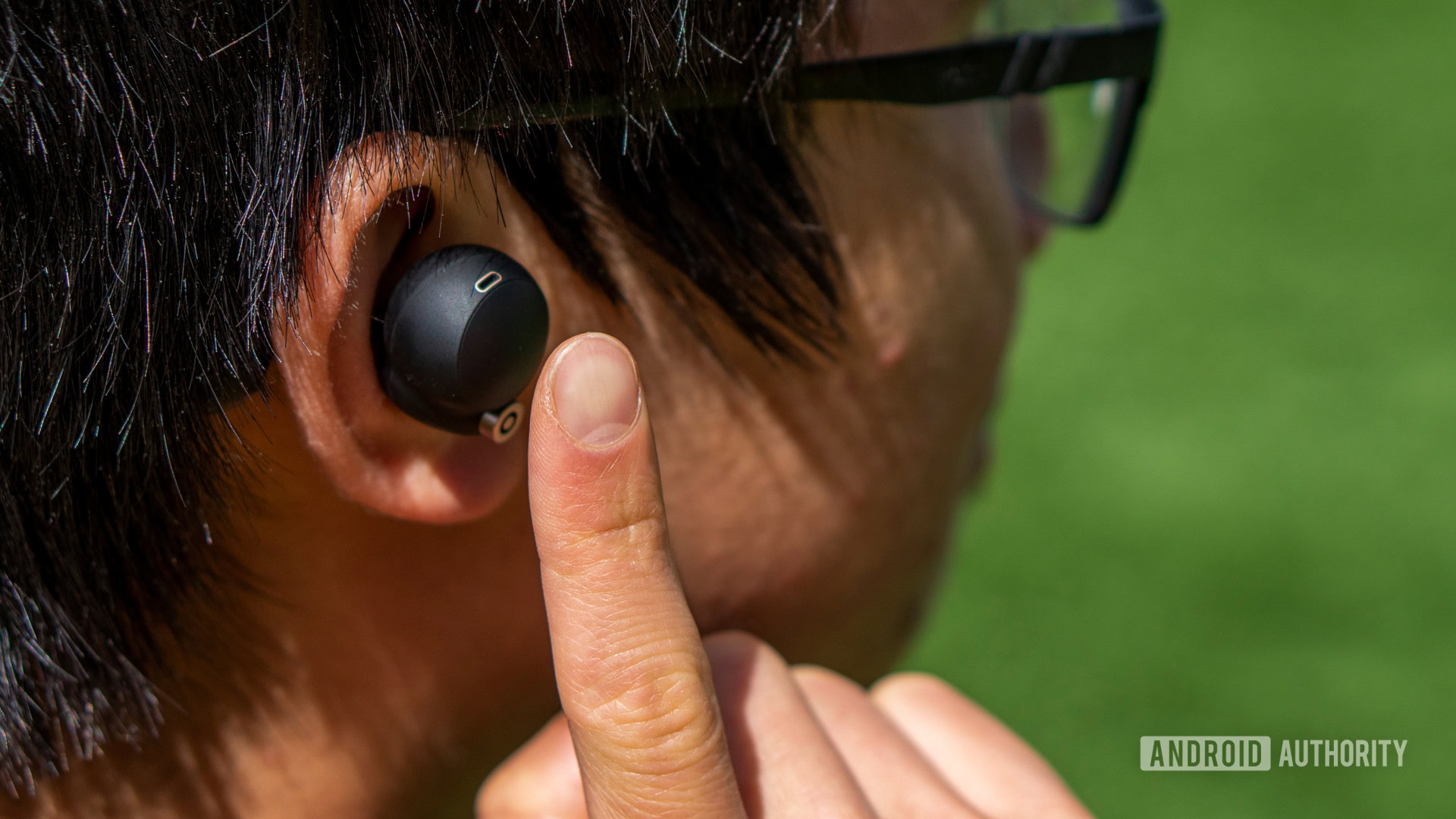
Active noise cancellation (ANC) is a feature that blocks out unwanted background noises like the humming of an aircraft engine. Although more and more earbuds have ANC, performance varies across brands and prices.
So in this article, let’s break down what active noise cancellation does, how it works, and when you might want to use it.
Headphones and earbuds with active noise cancellation use a set of microphones to listen to the world around you. An onboard chip inverts incoming sound waves and plays them back. The result is noise reduction, as the inverted sound waves cancel out background sounds.
How does active noise-cancelling work?
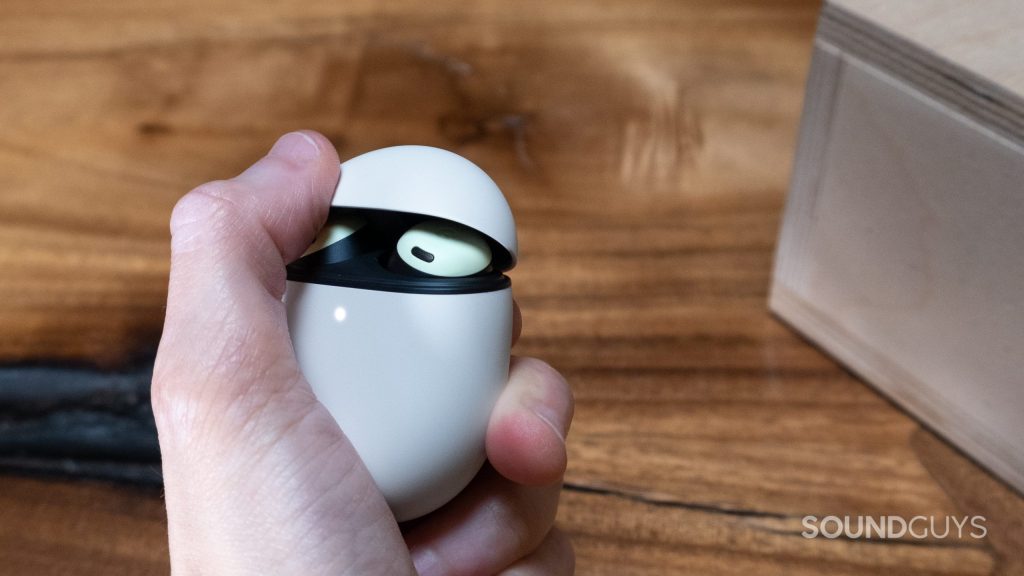
As its name suggests, active noise cancellation requires active power. It relies on a dedicated SoC or a digital signal processor (DSP). Basically, this hardware powers the ANC, so your earbuds or headphones can eliminate background noise.
Audio products with ANC use outward-facing and in-ear mics to record ambient sounds. The onboard processing chip then inverts these sounds in real-time and feeds the output to your ears. This is called phase inversion. The outside noise and ANC output cancel out each other, thus giving you the perception of silence.
ANC works by using microphones to listen for background noise and neutralizing unwanted sound waves.
Take a look at the figure below for a more visual demonstration of ANC. Here, the sound waves are delayed by a half wavelength. If the original and inverted waves also have the same amplitude (volume), they combine to cancel each other out. The technical term for this is destructive interference or phase cancellation.
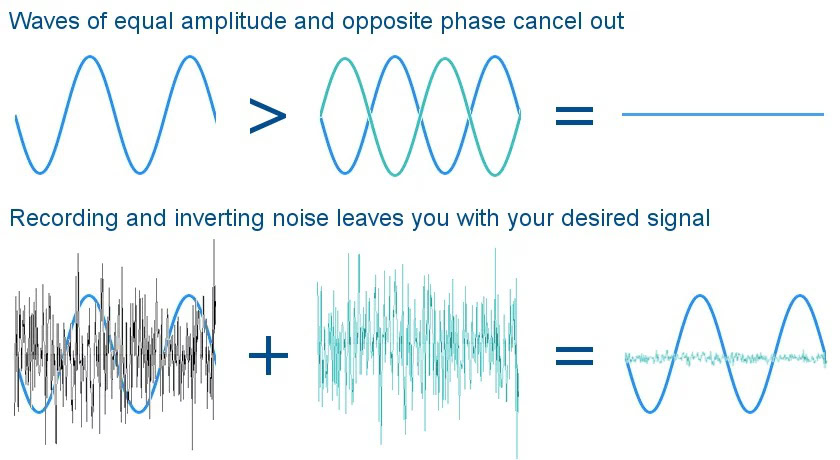
It’s worth noting that ANC is never perfect in the real world. Most implementations only work effectively against low and midrange frequencies like engine rumbles and air conditioner hums. Higher-pitched sounds like human conversation and honking are typically still audible with noise-cancelling headphones.
Frequencies above 1kHz are much harder to cancel out because they tend to be unpredictable. That’s why it’s important for your earbuds and headphones to fit well. Effective isolation is paramount for effective ANC.
Active vs passive noise cancellation: What’s the difference?
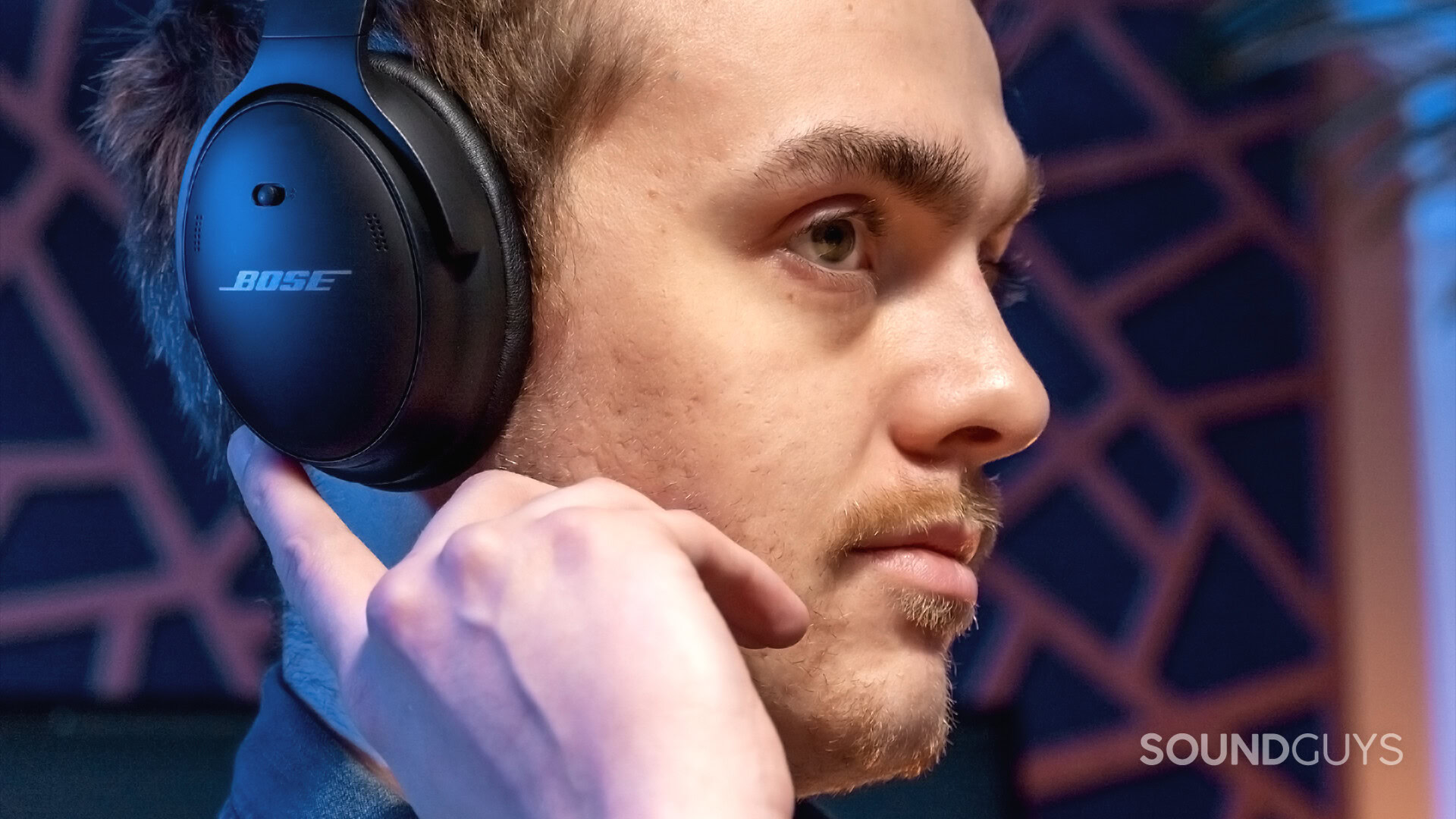
Passive noise cancellation (aka isolation) refers to the natural sound reduction that you get with a headset that physically blocks sound from entering your ear canals. Over-ear headphones achieve this seal through thick padding, while earbuds use memory foam or silicone ear tips. Passive isolation doesn’t need sophisticated processing or hardware — it’s only a measure of how well a particular audio product can isolate your ears from the outside world.
Unlike ANC, passive noise cancellation doesn't use any special hardware or processing.
In contrast, active noise-cancelling requires a chip that’s capable of recording external audio, mirroring it, and finally playing it back with as little delay as possible — all while playing music from a connected device.
Again, good isolation begets good noise cancellation. You’ll need a physical seal between your earbuds and ears for ANC to work best. There’s a reason the Samsung Galaxy Buds Live are the only major unsealed earbuds with noise-cancelling. When using noise-cancelling earbuds that don’t fit well, you’ll notice the ANC barely works if it works at all.
Types of active noise-cancelling: Feedforward, feedback, and hybrid
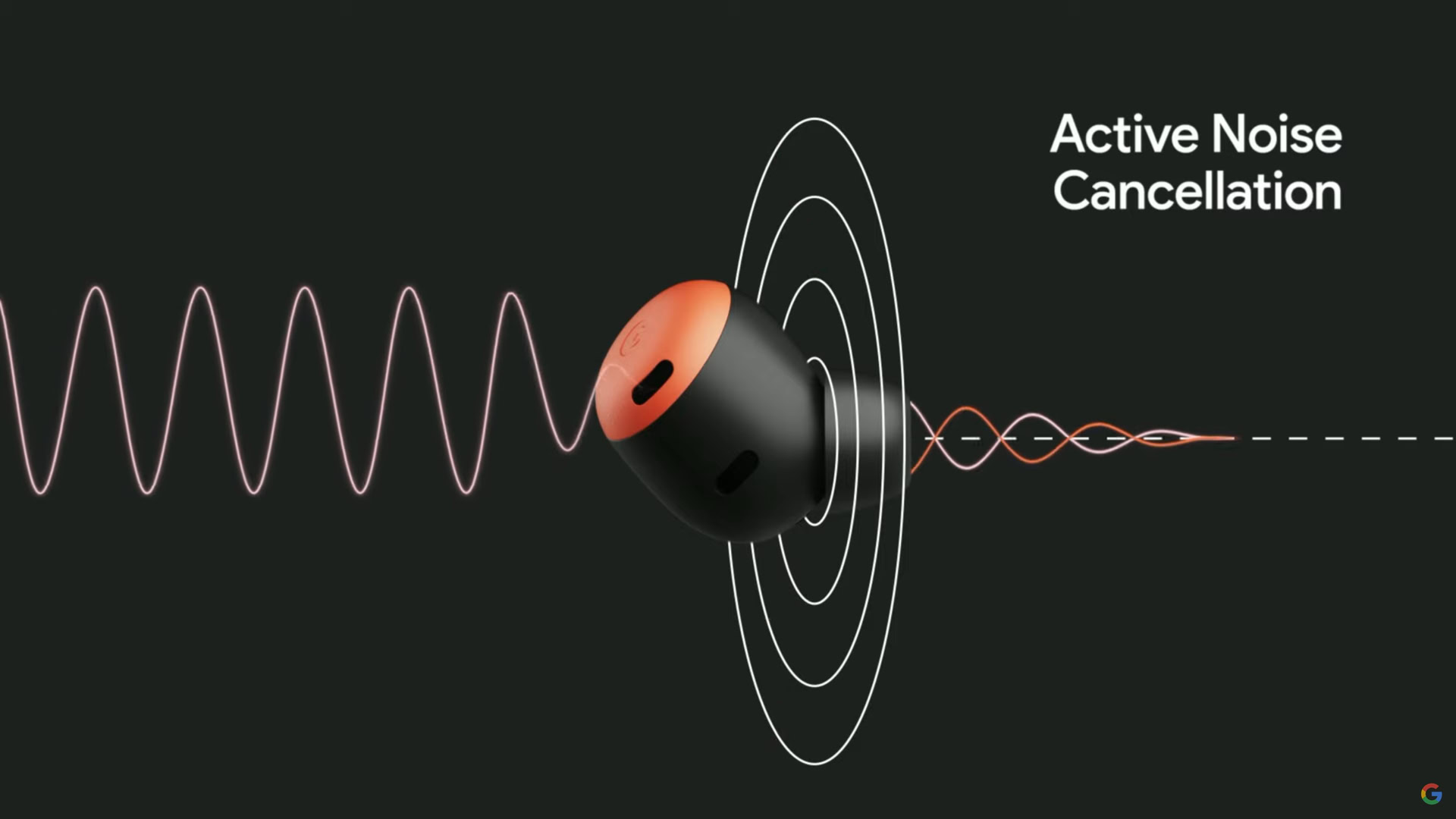
The basic idea of active noise cancellation has been around for decades, and we’ve seen plenty of advancements over the years. Not all noise-cancelling is the same. ANC products can be classified as one of three types: feedforward, feedback, or hybrid.
What is Feedforward ANC?
Feedforward is the most common type of active noise cancellation, especially on earbuds where physical space is limited. This is because feedforward ANC only uses microphones on the outside to record ambient noise.
Feedforward ANC works effectively enough to isolate sounds like road noise and traffic, but it lacks precision. It can sometimes pick up wind noise and amplify it since there are no interior microphones to correct it.
What is Feedback ANC?
Feedback ANC uses microphones situated either inside the ear cups. For earbuds, the feedback ANC mics face toward the wearer’s ear. The goal is to pick up ambient sounds that the listener can hear. This gives the chip a better starting point since it’s fed a more accurate representation of background noise. It also doesn’t suffer from wind noise, since the physical seal will keep such sounds from reaching the microphone in the first place.
Feedback ANC is complicated because you don’t want it to cancel out the sounds of your music. The internal chipset corrects the ANC to avoid canceling these desired sounds. Like feedforward ANC, feedback ANC has complications. It can actually produce a ringing sound in less effective noise-cancelling headphones.
What is Hybrid ANC?
As you may have guessed, hybrid ANC combines feedforward and feedback techniques to get the best of both worlds. In other words, you have microphones on both the outside and inside to get a better understanding of which background sounds make it through.
Since there’s a lot more hardware and processing involved, you’ll mostly find hybrid ANC on high-end audio products like the AirPods Pro and Bose QuietComfort 45.
Is active noise canceling worth it?
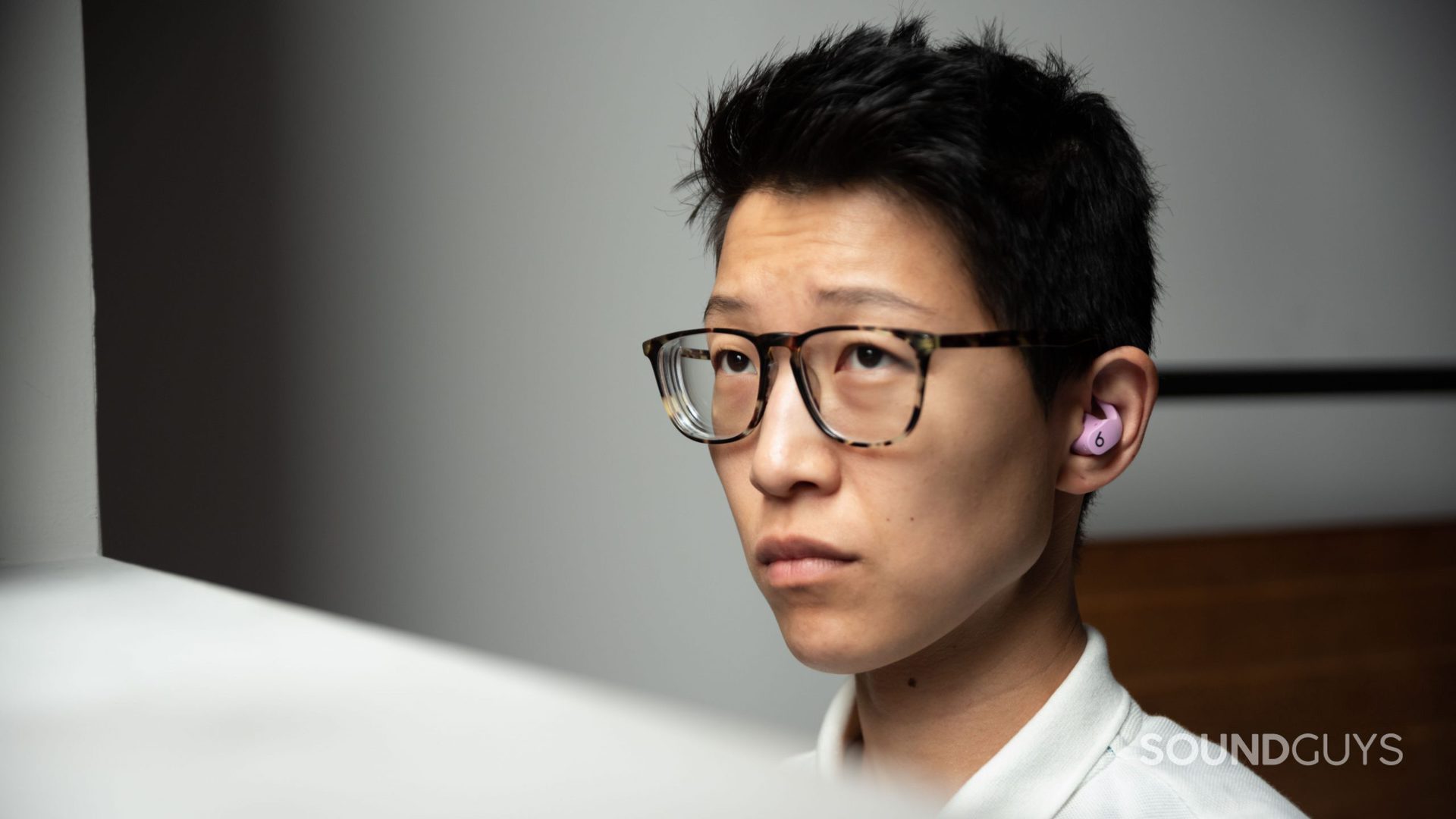
ANC allows you to enjoy your music without background noise or other distractions, but is it necessary? Not always, especially if you intend to use it in environments where noises are high-pitched or sudden. It won’t offer much improvement over passive isolation in a busy office. Higher-end headphones like the Sony WH-1000XM5 do a better job here, but even then, don’t expect complete silence.
On the other hand, if you’re a daily commuter or fly often, ANC could make a meaningful difference in your life. This is especially true if you find yourself turning up the volume to compensate for background noises. In that case, noise-cancelling headphones or earbuds could also help prevent hearing damage.
What are some of the best noise-cancelling earbuds and headphones?
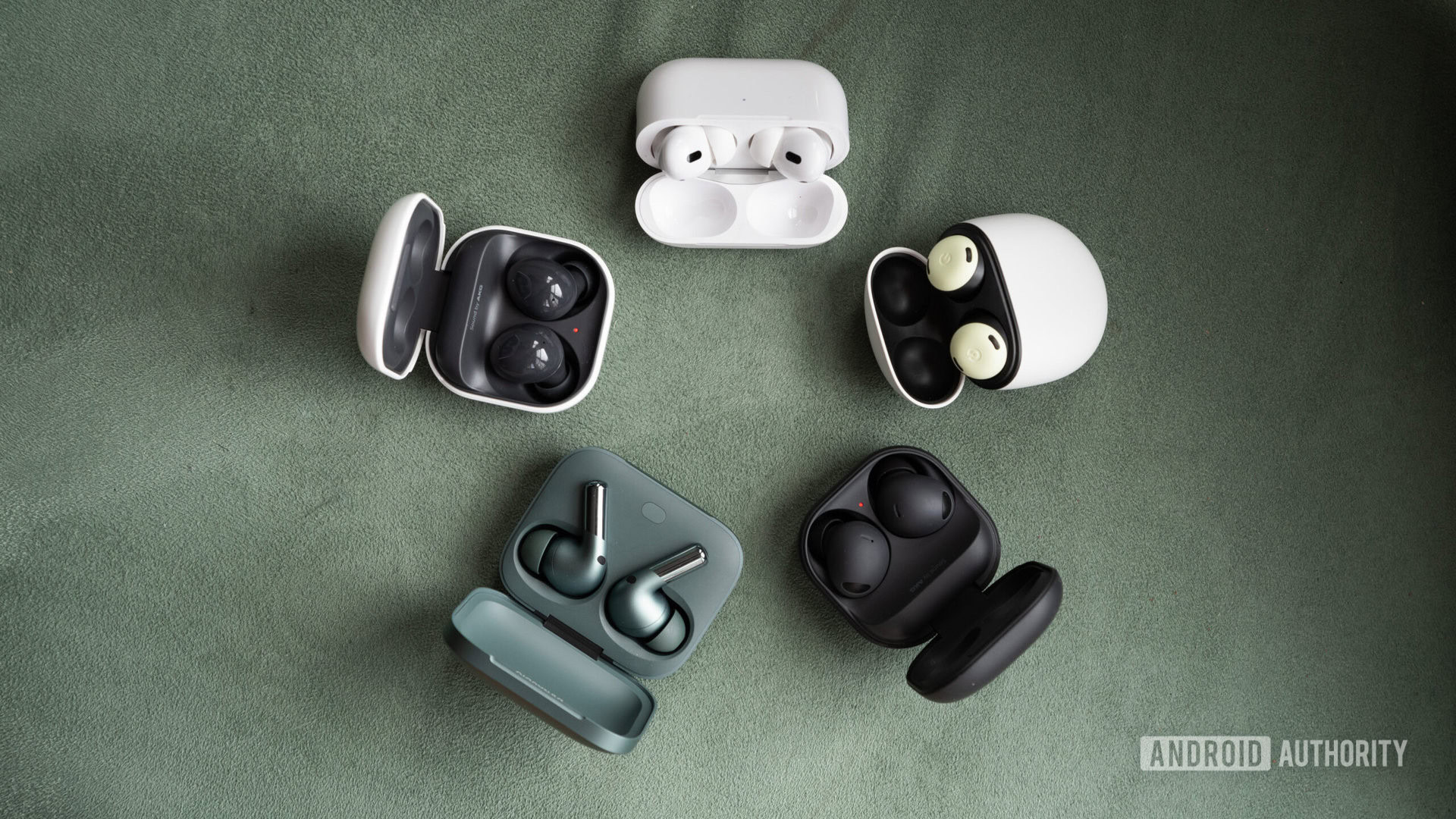
- Apple AirPods Pro (2nd generation) ($239 at Amazon): The AirPods Pro 2 have great noise-cancelling that will hush your surroundings. These buds use hybrid ANC and the price reflects that. Other features include auto-switching across Apple devices, battery optimization, and personalized spatial audio with head tracking. Apple’s AirPods are extremely capable, but best for iPhone owners.
- Google Pixel Buds Pro ($199 at Amazon): Google’s earbuds have very good active noise-cancelling that will make your commute more bearable. The company has added features to the Buds Pro since their release, including spatial audio with head tracking, a custom EQ, and the ability to record 36o-degree audio when paired with a compatible Pixel phone. If you have an Android phone, the Pixel Buds Pro are excellent buds.
- Samsung Galaxy Buds 2 Pro ($179 at Amazon): Samsung’s noise-cancelling is some of the best in the business and outperforms the competition. You’ll have a really hard time hearing any rumbling engine sounds or active laundry units. Sound quality is very good, though a bit bassy. While the Galaxy Buds 2 Pro are great for Android, they work best with Samsung devices. Pairing them to a Samsung phone unlocks auto device switching, 360 Audio with head tracking, and more.
- Sony WF-1000XM4 ($278 at Amazon): We love the WF-1000XM4 for their pure OS-agnostic experience. No matter your preferred handset, these buds let you access personalized 360 Reality Audio and customize the EQ. The active noise-cancelling is excellent and the passive isolation outperforms our lot of ANC earbuds. Sony is one of few brands that provide memory foam ear tips, rather than silicone ones.
Here are some of our favorite noise-cancelling headphones.
- Apple AirPods Max ($499 at Amazon): iPhone owners who want over-ear, noise-cancelling headphones should get the AirPods Max. These feature excellent ANC and sound quality to boot. You also get premium build quality and spatial audio with head tracking.
- Sony WH-1000XM5 ($387 at Amazon): These over-ear headphones are decked out with great ANC and a great microphone system for calls. Listeners who travel and never know when their next business call will come in should get the WH-1000XM5. The headphones will extinguish any background noise, so the person on the other end of the call will only hear your voice. You get an assortment of features in the Headphones Connect app (Android/iOS), too.
- Bose Noise Cancelling Headphones 700 ($379 at Amazon): These headphones may be a few years old, but they keep up with the competition. The ANC is very good and the passive isolation blocks out more noise than the AirPods Max. Sound quality is excellent and few will feel the need to customize the EQ through Bose’s Music app (Android/iOS). Bose’s touch controls are near perfect and the design will continue to look modern for years to come.
- Bose QuietComfort 45 ($279 at Amazon): As is in the name, the QC 45 are comfortable. You’ll be able to wear these headphones for hours on end without any pain points. Out of the box, the sound quality is a bit treble-heavy, but again, Bose lets you customize the EQ in its app. Passive and active noise cancelling are very good here, thanks to the headphones’ plush ear pads.
Top noise-cancelling questions and answers
Yes, it’s all but officially confirmed that the Sony WF-1000XM5 earbuds will have active noise-cancelling.
Active noise canceling is safe and doesn’t affect your ears or hearing in any way. In fact, since the feature reduces background noise, it can also help protect your ears from hearing damage in the long run.
Not all Beats products offer active noise cancellation, but the feature is present on some models like the Beats Studio 3, Beats Fit Pro, and Beats Studio Buds.
The first-generation Galaxy Buds and Buds Plus don’t offer active noise canceling (ANC). However, newer models do feature ANC. This includes the Galaxy Buds 2, Buds Pro, Buds Live, and Buds 2 Pro.